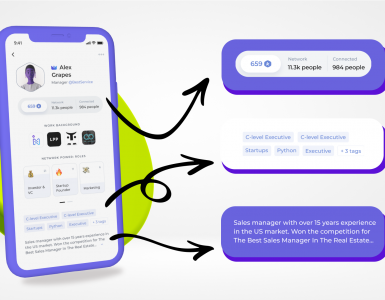In today’s rapidly evolving professional landscape, there is a growing trend towards embracing self-employment and consulting as viable alternatives to traditional employment. Many individuals are seeking the freedom, flexibility, and fulfillment that come with being their own boss. However, transitioning from a steady job to the realm of self-employment or consulting can be daunting, especially without a clear roadmap to navigate the challenges ahead. But fear not! In this article, we have compiled a comprehensive checklist to guide you through the process, enabling you to sidestep common pitfalls and maximize your chances of a successful and rewarding transition.
So, let’s dive in!
Step 1: Define your business offering
- Formulate what you will sell and to whom if you start your own business.
Step 2: Test the market while employed
- Offer your consulting services for sale without leaving your current job.
- Avoid seeking advice from friends who might simply encourage you, but instead focus on selling your services for actual payment. Post your offer on Intch.
Step 3: Determine your hourly rate
- Calculate the value of your time by dividing your current salary by the number of actual working hours in a month (not just 8 hours a day).
- Price your consulting services based on an hourly rate, regardless of what your competitors charge.
- Remember, you are selling your experience and reputation, not theirs.
Step 4: Assess your workload capacity
- Determine the number of hours you can dedicate to consulting each month based on your current job’s workload.
- Mark those hours in your calendar and make them available for sale.
- If all the slots are booked, increase your hourly rate by 15% instead of opening more slots.
- If the new rate is also fully booked, continue increasing the rate.
- If clients do not purchase at the new rate, return to the previous rate.
- If there is little or no demand, reduce your rate by 15%.
- If there is still no interest, reconsider whether self-employment or consulting is the right path for you.
Step 5: Market your services
- Utilize social media platforms and reach out to acquaintances.
- Inform everyone in your target audience who fits your criteria that you now offer your services.
- Consider offering a referral commission to those who bring in clients.
- Advertise your services on freelancing platforms.
Step 6: Assess the demand
- If there is a positive response and clients start showing interest, it’s a good sign, especially if those first clients are people who already know you.
- If there is no demand, investigate the reasons. Is it too expensive? Do people not need the service or not specifically from you?
Important note: All the steps above should be done while you are still employed.
Final assessment:
- If your earnings from consulting steadily increase over three months (this is the most crucial indicator) and surpass at least half of your monthly salary from your job, you can confidently proceed with self-employment.
- If your earnings do not meet this threshold, it might not be the right time for you yet. Either it’s not the right path for you or you need to refine your product or establish yourself as an expert while staying employed.
- If necessary, you can seek assistance from our LAB or proceed independently, although working with us can be more effective.








This article is very knowledgeable